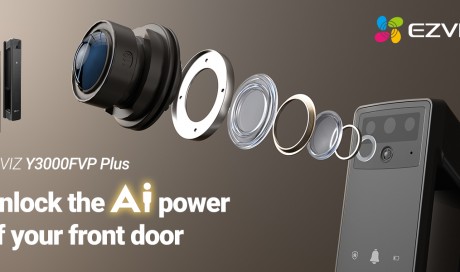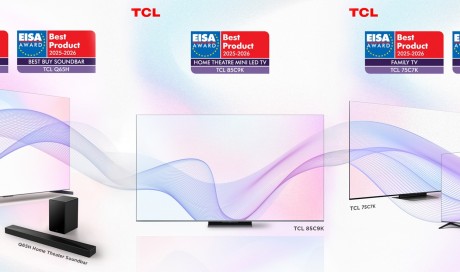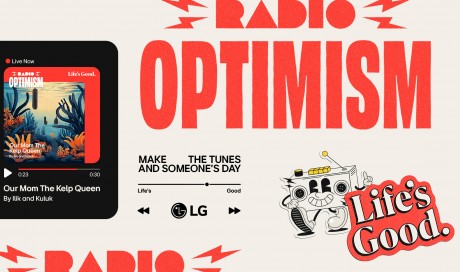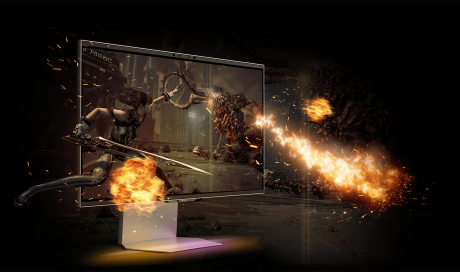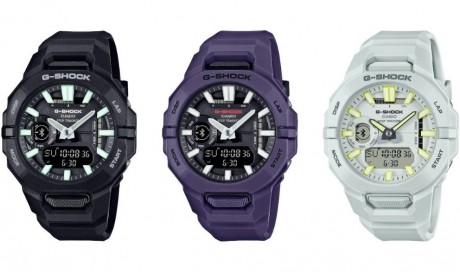The Nokia 8 ships with Android 7.1.1 out of the box, which means you get features like App Shortcuts (the ability to initiate actions in apps by long-pressing their icons) and Jump to Camera, the ability to launch the camera app from anywhere (including the lock screen) by double-tapping the power/ lock button. HMD Global has promised updates to Android Oreo and even to next year's Android P release for the Nokia 8 and other smartphones in its current lineup.

You also get the Glance screen feature, that we saw on Lumia phones back in the day. Your Nokia 8 can display badges for missed calls and unread emails and messages, as well as alarms and calendar appointments on the lock screen. It’s set to timeout one minute after your phone has been set down, but you can change this value to as much as 20 minutes to mimic an ‘always-on’ display. There are a couple of motion-triggered shortcuts as well, though both options are turned off by default. You can turn over your Nokia 8 to reject a call, or have it muted on pickup, if you choose to do so.
In our HD video battery loop test, the Nokia 8 lasted nearly twelve and a half hours, which is pretty impressive. In terms of real-world performance, we didn't find ourselves reaching for the charger before the end of the day even when our phone usage was heavier than usual. If your experience varies, the bundled 12.5W charger can take the Nokia 8 from an empty tank to a 45 percent charge in 30 minutes, and we also noted it going from 50 percent to 66 percent in just 15 minutes.
Nokia 8 cameras
The Nokia 8 has a dual rear camera setup: a 13-megapixel colour sensor with optical image stabilisation, and a monochrome sensor of the same resolution. While the use of a wide-angle lens and a telephoto lens to offer optical zoom has been been made popular by the likes of Apple, Samsung, and OnePlus, this arrangement is designed to maximise image quality, and has been seen before as well, especially on Honor phones.
How it works is pretty simple: every time you take a photo, two shots are captured - one by the colour sensor and the other by the monochrome sensor - and combined to give you a resulting colour image. The extra information available from the monochrome sensor helps improve the overall contrast and richness of each frame - at least that's the idea in theory.
We mentioned earlier that the Nokia 8 runs near-stock Android, and it's the Camera app that's largely responsible for that "near" prefix. You'll see a ton of customisations here, most of them to accommodate the underlying camera hardware. The app is set to capture still photos in the 'Twin' mode by default, but you can change that to just 'Colour' or 'Mono' if you so desire. We recommend leaving it in the default mode, unless you are trying to take black and white shots, of course, in which case go with the latter.
Though the camera is backed by phase detection auto-focus (PDAF) and an IR range finder, in our experience, the Nokia 8 took a bit too long to lock focus, which got annoying really quickly. The resulting pictures, however, were good, with the right objects in focus and a good amount of detail as well as accurate colour reproduction, as long as there was plenty of light around us.

In low light conditions, though, the performance of the Nokia 8 suffered, which wasn't exactly a surprise given the f/2.0 aperture on both cameras. Pictures we shot didn't have a lot of noise, but they lacked the details that today’s leading smartphone cameras can capture, though, admittedly, most of them are priced higher than the Nokia 8. The rear flash does a good job of lighting up scenes, though the front-facing display flash can be a bit overpowering.
Speaking of which, the Nokia 8 can record 720p, 1080p, or 4K video using both front and rear cameras, though you are limited to 30 frames per second. The quality of videos is decent, and though the microphones seem to do a great job of picking up sounds, we couldn’t discern the difference, if any, made by the Ozo surround sound. You can also record slow-motion and time-lapse videos.
The app also features Live Bokeh and Panorama modes, and the results of both are pretty good. You also get Beautify mode for both the front and rear cameras, complete with varying intensity levels of this 'beautification', which is designed to remove 'blemishes' from your face - embracing your natural self is clearly so 2014. Controls to toggle HDR mode, the timer, and the flash are available within the main interface for both front and rear cameras, and you can even dive into a fully manual mode with either.
The app can be a bit confusing at times - for example, you might wonder “Why am I not seeing the ‘switch cameras’ option right now?” The answer is usually the fact that you are in a mode that doesn’t support the option you’re looking for. Switching from Live Bokeh to regular Photos mode, for example, will fix the issue in that scenario. The icon at the bottom indicating the current mode could have been bigger, or having a carousel showing all available modes at any given time like the iPhone and several other phones would perhaps have made it easier to understand what is currently selected.
...[ Continue to next page ]
Share This Post

